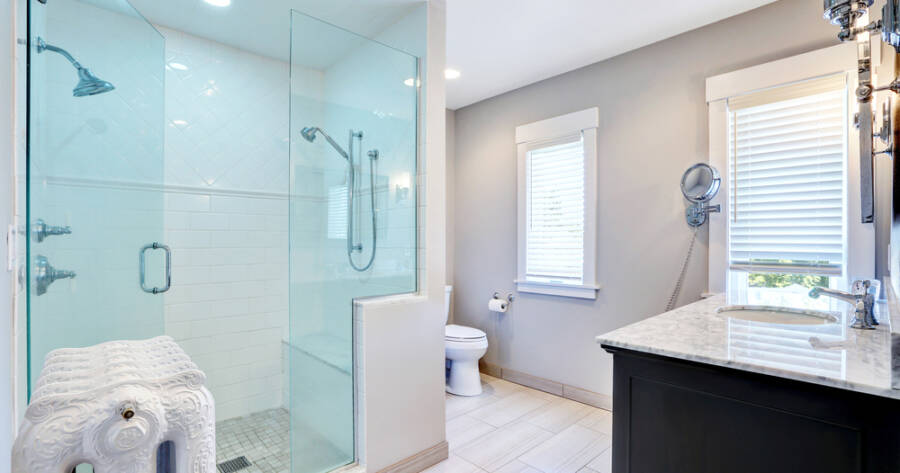A walk-in shower can be a valuable addition for those wishing to age in place comfortably. With its open design, this type of shower minimizes fall risks, offering both safety and ease of use. Its accessibility encourages independence, allowing individuals to maintain their routines without the need for extensive assistance. This upgrade can enhance not only daily comfort but also long-term peace of mind in one’s own home.
What Are Walk-In Showers and Their Benefits?
Walk-in showers are designed to provide a seamless bathing experience, eliminating the need for stepping over a tub edge. These showers often feature a low or no threshold, making them accessible for individuals of all ages and abilities. The benefits of walk-in showers include improved safety, ease of use, and enhanced aesthetics in the bathroom.
These showers can significantly reduce the risk of slips and falls, which is particularly important for older adults. Additionally, walk-in showers can be customized with various features such as grab bars, built-in seating, and adjustable showerheads. These enhancements not only improve comfort but also cater to individual needs, making bathing a more enjoyable experience. The modern design of walk-in showers can also elevate the overall look of a bathroom, adding value to a home.
How Walk-In Showers Enhance Safety and Accessibility at Home
Safety is a primary concern for many homeowners, especially those with mobility challenges. Walk-in showers are designed with safety features that minimize the risk of accidents. The absence of a high tub wall allows for easy entry and exit, reducing the likelihood of slips. Non-slip flooring and grab bars can further enhance safety, providing support for individuals as they bathe.
Accessibility is another significant advantage of walk-in showers. They can be tailored to accommodate wheelchairs or walkers, ensuring that everyone can enjoy a comfortable bathing experience. Recent advancements in shower technology have also introduced features like handheld showerheads and adjustable seating, making it easier for individuals with limited mobility to maintain their independence.
Key Features of Walk-In Showers for Easy Mobility
Walk-in showers come equipped with several key features that promote easy mobility. Low thresholds or curb-less designs allow for smooth transitions from the bathroom floor to the shower area. This design is particularly beneficial for individuals who may struggle with balance or strength. Moreover, the option for built-in benches provides a safe place to sit while bathing, reducing fatigue and the risk of falls.
Adjustable showerheads and handheld options further enhance usability, allowing users to shower comfortably without the need to stand for extended periods. These features collectively contribute to a more accessible and user-friendly bathing environment.
Why Walk-In Showers Promote Independence for Seniors
Walk-in showers play a crucial role in promoting independence for seniors. By eliminating barriers associated with traditional bathtubs, these showers empower older adults to maintain their personal hygiene without assistance. This autonomy is vital for mental well-being, as it fosters a sense of control over one’s daily activities.
Furthermore, the customizable nature of walk-in showers allows for the incorporation of features that cater specifically to the needs of seniors. With options like grab bars and seating, seniors can feel secure while bathing, which encourages them to continue this essential self-care practice. As a result, walk-in showers not only enhance safety but also support the overall quality of life for aging individuals.
Learn More About Walk-In Showers
Understanding the benefits and features of walk-in showers can significantly impact the quality of life for individuals, especially seniors. These showers not only enhance safety and accessibility but also promote independence, making them an essential consideration for aging in place.
Exploring various designs and features can help individuals make informed decisions that best suit their needs and preferences.

